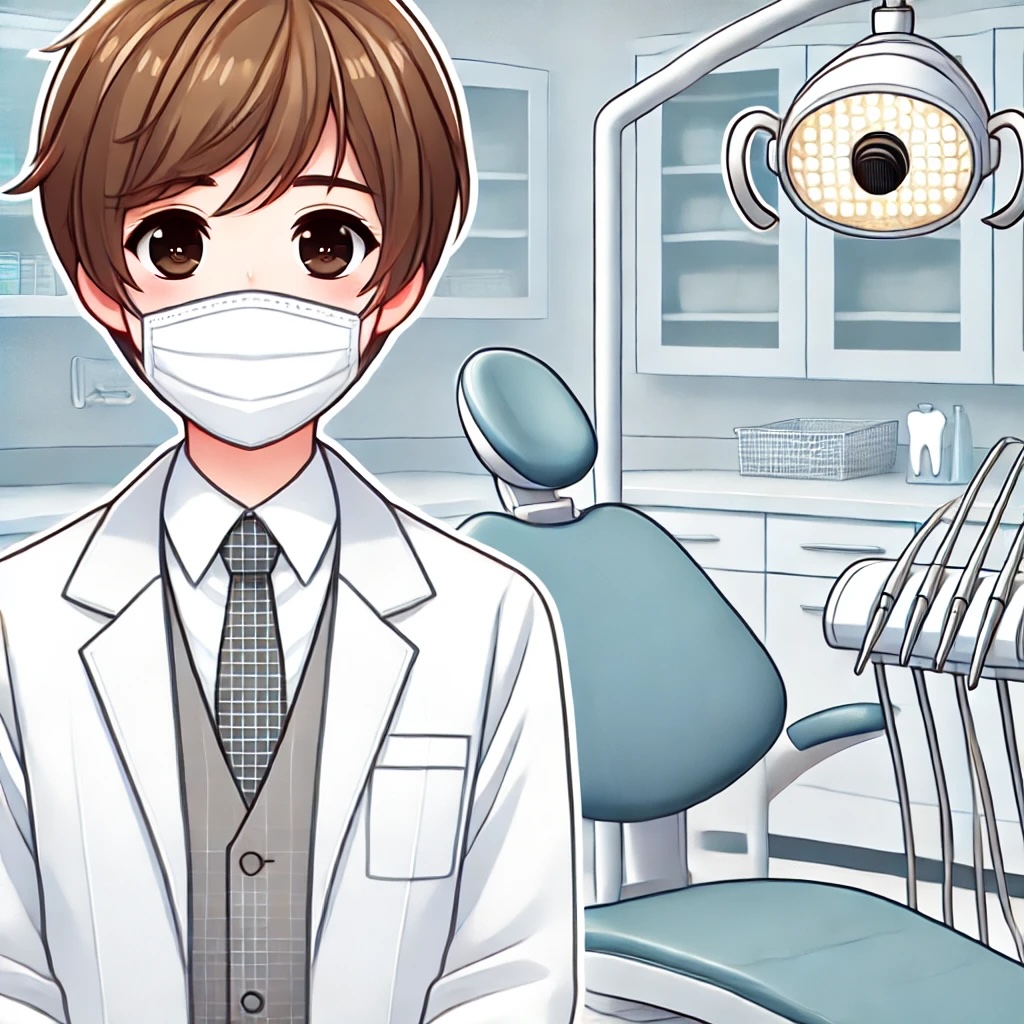Tooth decay is one of the most prevalent health issues affecting people of all ages worldwide. It is a universal affliction that transcends borders and cultures, impacting smiles and confidence in equal measure. Yet, while many of us are aware of the term “tooth decay,” not everyone knows why it occurs or what signs to watch for. Understanding the mechanisms behind this condition can empower individuals to take proactive measures in safeguarding their oral health.
At its core, tooth decay is the result of the demineralization of tooth enamel, the hard outer layer designed to protect our pearly whites. Various factors contribute to this erosion, including dietary habits, oral hygiene practices, and even genetic predispositions. The initial stages of tooth decay may go unnoticed, which can lead to more severe dental issues if not addressed in a timely manner by an experienced dentist Sandy Utah. Decoding the causes of tooth decay and recognizing its signs can pave the way toward healthier smiles.
What is Tooth Decay?
Tooth decay, also known as dental caries or cavities, is a significant concern for dental health. It begins when acid-producing bacteria in our mouths feed on sugars and carbohydrates from the food we consume. This metabolic process results in the production of acids that slowly erode the hard enamel that safeguards our teeth. As the enamel is compromised, the risk of decay increases with greater susceptibility to cavities.
The progression of tooth decay typically follows a pattern. Initially, white spots may form on the enamel, indicating the start of mineral loss. If left untreated, these spots can develop into larger cavities that penetrate deeper layers of the tooth, affecting the dentin and potentially reaching the pulp, which is the innermost part that contains nerve endings and blood vessels. This progression can lead to significant pain and discomfort, often requiring dental intervention for effective treatment.
Understanding what tooth decay is and acknowledging its stages can make a substantial difference in how we approach our dental care routines. Regular dental check-ups, combined with effective home care, are vital in preventing progression and ensuring our smiles remain bright and healthy.
Causes of Tooth Decay
Several factors contribute to the onset of tooth decay, each playing a crucial role in its development. The primary culprit, however, is an unhealthy diet rich in sugars and carbs. When we consume sugary foods like candies, soda, or even certain fruits, bacteria in the mouth convert these sugars into acids. The frequent consumption of these items, especially between meals, increases the duration and intensity of acid attacks on tooth enamel.
Another key cause of tooth decay is inadequate oral hygiene. When brushing and flossing are neglected, plaque—a sticky film of bacteria—builds up on tooth surfaces. This plaque hardens into tartar, a substance nearly impossible to remove without professional dental cleaning. Missing regular dental visits further exacerbates the issue, allowing tooth decay to escalate unnoticed.
Saliva also plays a vital role in maintaining oral health. It helps neutralize acids and provides essential minerals to enamel. A dry mouth, often a side effect of medications or certain health conditions, can increase the risk of tooth decay by reducing saliva flow. Finally, some individuals may have a genetic predisposition to dental issues, which means even with good oral hygiene, they could struggle with cavities more than others.
Signs of Tooth Decay
Recognizing the early signs of tooth decay can significantly impact the effectiveness of treatment. The initial symptoms are often subtle but may include the appearance of white spots on the enamel, indicating demineralization. At this stage, the decay is typically reversible with proper care.
As tooth decay progresses, more noticeable signs emerge. Pain or sensitivity to hot, cold, or sweet foods can be an indicator that decay has advanced. Visible cavitations in the tooth surface are another clear sign that dental intervention may be necessary. Sometimes, patients may even experience bad breath or an unpleasant taste in the mouth as bacteria proliferate in decayed areas.
If tooth decay continues unchecked, pain may worsen, leading to severe discomfort that requires immediate dental attention. In the most extreme cases, infections can occur, resulting in abscesses and tooth loss. It’s crucial to listen to your body; any persistent pain or discomfort should prompt a visit to the dentist to evaluate the extent of tooth decay.
Prevention Strategies
Preventing tooth decay is a combination of strategic choices and consistent habits. First, maintaining a balanced diet while limiting sugars and acidic foods can significantly reduce the risk of decay. Instead of reaching for sugary snacks, consider munching on whole foods like fruits, vegetables, and nuts, all of which can nourish not just your body but also your teeth.
Proper oral hygiene is paramount. Brushing at least twice a day with fluoride toothpaste and flossing daily helps to remove food particles and plaque that contribute to decay. Regular dental check-ups allow for early detection and professional cleaning, vital in catching any decay before it progresses.
Additionally, consider asking your dentist about sealants and fluoride treatments. Sealants provide a protective layer over the chewing surfaces of your back teeth, making them less susceptible to bacteria and acids. Fluoride treatments, on the other hand, can help remineralize areas of early decay and strengthen teeth against future damage.
Treatment Options
When it comes to treating tooth decay, the appropriate approach depends on the level of severity. If detected early, most cases can be managed conservatively. For white spots or small cavities, your dentist might recommend fluoride treatments to remineralize affected areas. Some may use bonding materials to fill in minor cavities while preserving the tooth’s structure.
However, more significant decay often necessitates fillings. Dentists remove the decayed portion of the tooth before filling it with materials like composite resin, amalgam, or gold. In cases where decay has reached the pulp, root canal treatment might be required. During this procedure, infected tissue is removed, and the inside of the tooth is cleaned and sealed.
For teeth severely compromised by decay, extraction could be the only option. Following extraction, a dentist may recommend replacement options such as dental implants or bridges to restore functionality and aesthetics. Timely action is critical when dealing with tooth decay. Early detection and treatment can not only save the tooth but also prevent additional complications that could arise from unchecked decay.
Tooth decay is a multifaceted issue influenced by various factors including diet, oral hygiene, and even genetics. Understanding its causes, recognizing the signs, and employing effective prevention strategies can lead to healthier teeth and improved overall well-being. As we’ve seen, early intervention is key to avoiding severe consequences and the discomfort that tooth decay can bring.
By prioritizing oral hygiene and maintaining regular visits to the dentist, individuals can take control of their dental health and minimize the risk of decay. The journey toward a radiant smile and optimal dental health doesn’t have to be daunting—informed decisions and simple changes in daily habits can work wonders.
Whether you are a parent, a busy professional, or simply someone keen on maintaining a healthy smile, remember: knowledge is your best tool in the battle against tooth decay. With proper care and a proactive approach, a lifetime of sparkling, healthy teeth is not just a dream—it can be your reality!



